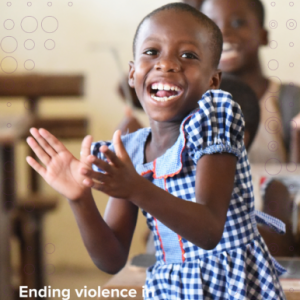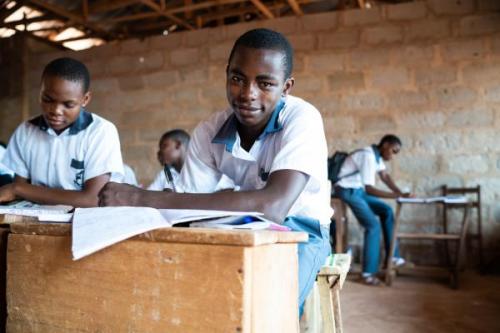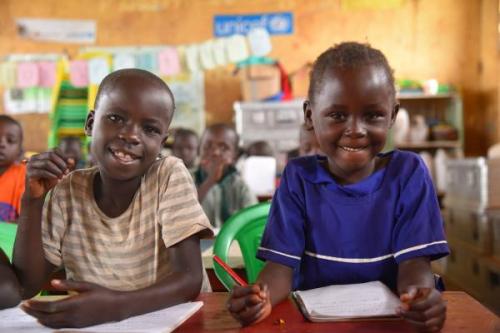is working to end violence against children everywhere they are – including the classroom.
Schools should be a place of hope, growth and opportunity. For far too many, however, schools feel anything but safe. At least 246 million girls and boys experience violence in schools every year. Eighty-five per cent of LGBTQ students have been the victim of discriminatory violence. And, there have been at least 70 fatal school shootings in the last 30 years.
Today, on the International Day of Education, we need to stand up and say: enough is enough. Every child – no matter who they are or where they live – has the right to receive a safe, quality education. And throughout the world, organisations, governments and individuals are doing all they can to reduce violence in, around and through schools.
One way this is happening is through Safe to Learn, an initiative that brings together a coalition of actors, including governments, to end violence in and through schools.
“Schools have the potential to be transformative in promoting positive social norms and gender equality,” said Dr Howard Taylor, Executive Director of End Violence. “But without making schools safer for children, millions of children will continue to miss out on opportunities to grow, learn and thrive.”
Safe to Learn’s partners agree: ending violence in schools will lead to multiple wins for children, boosting learning outcomes, improving education investments, and breaking intergenerational cycles of violence. Governments are taking action, too: 12 countries have now endorsed Safe to Learn’s Call to Action, a framework that sets out what needs to happen to end violence in schools, once and for all. These countries include Cambodia, El Salvador, Georgia, Ghana, Honduras, Mexico, Moldova, Nepal, Sierra Leone, South Africa, South Sudan, and Uganda.
In the one year since its inception, Safe to Learn has grown to include 14 technical partners, including the United Nations Educational, Scientific and Cultural Organization (UNESCO), who is hosting an International Day of Education celebration event at their headquarters in Paris, France. Watch UNESCO’s event from wherever you are by tuning in to their live stream, which will begin at 2 p.m. Paris time.
In recent months, the Safe to Learn initiative has also taken on a brand-new component: a new window of the End Violence Fund, which was made possible through the generous support of the UK Department for International Development (DFID) and the Government of Switzerland. Through their collective contributions of $9 million, this funding round will support activity in Nepal, South Sudan and Uganda to address violence in and through schools by strengthening school systems, improving the capacity of teachers, empowering students, and increasing community engagement.
“A billion children a year experience violence abuse or neglect,” said Dr Taylor. “But there are solutions. There’s political commitment. There’s a partnership helping support and drive that. There are investments, there’s policy, there’s programming. And there’s a broader social movement afoot.”
Join our Safe to Learn partners by taking action today. You can:
- Get involved online by spreading the word about the importance of safe education on Twitter and Facebook
- Learn more about Safe to Learn and the commitments made by our partners to ensure safety in schools (read the Safe to Learn report, which is linked below)
- Encourage more governments to get involved in Safe to Learn and endorse the Call to Action
- Advocate for safer schools in your community!




